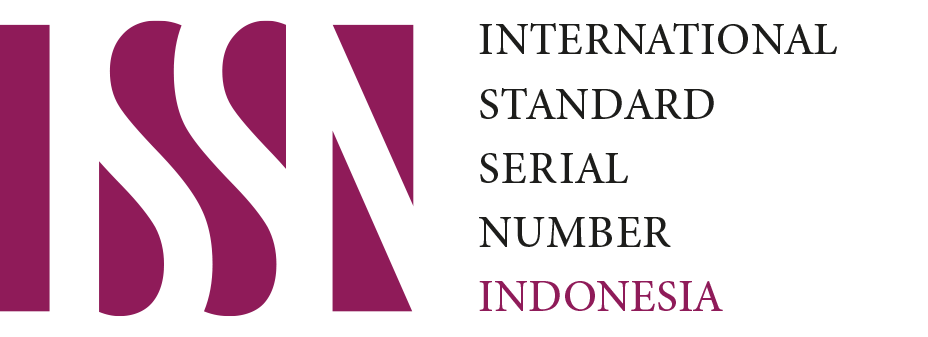The INOVASI PENGOLAHAN SELAI LEMBARAN JERUK RIMAU GERGA LEBONG (Citrus nobilis L. Var RGL) DENGAN VARIASI KOMPOSISI EDIBLE COATING
DOI:
https://doi.org/10.51158/agriovet.v6i2.1071Keywords:
modification, cassava peel starch, chitosanAbstract
Semi-solid jam is transformed into elastic, thick, and non-sticky sheets to create sheet jam. A thin layer of edible material called edible coating is applied to food items in order to preserve their quality and aesthetic appeal. The objective of this study is to examine the impact of incorporating an edible coating composed of chitosan and cassava peel starch on the physical, chemical, and organoleptic characteristics of RGL orange jam. The concentrations of chitosan (0.5%, 1%, 1.5%) and cassava peel starch (3%, 5%, 7%) were the two (two) treatment variants employed in the study. All of the sheet jam samples underwent yield analysis, chemistry (water content, vitamin C, and total dissolved solids), organoleptic testing, optimal treatment determination, and revenue and profit analysis. With a production value of 65.2%, water content of 21.32%, vitamin C of 5.31%, and total soluble solids, the best sheet jam is treated with 5% cassava starch and 1% chitosan, according to analysis of the best treatment using the De Garmo technique. 30 degrees Brix. The best sheet jam passed organoleptic tests on color, scent, texture, taste, and overall appearance. Its average color score was 4.20, its average aroma score was 4.10, its average texture score was 4.15, its average flavor score was 4.05, and its average overall appearance score was 4.20. 4.30 overall. The findings of the sheet jam income and profit analysis for the best treatment indicate that, at a total cost of Rp 10,832,944, it is possible to produce revenue of Rp 13,500,000 and a profit of Rp 2,667,056 in only one month of production.











